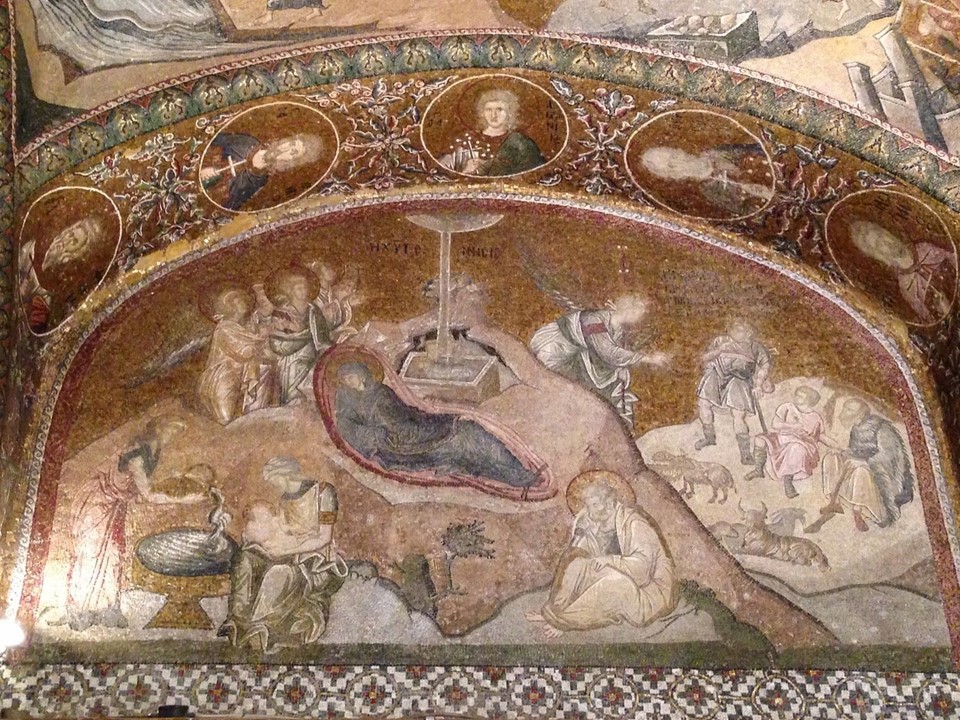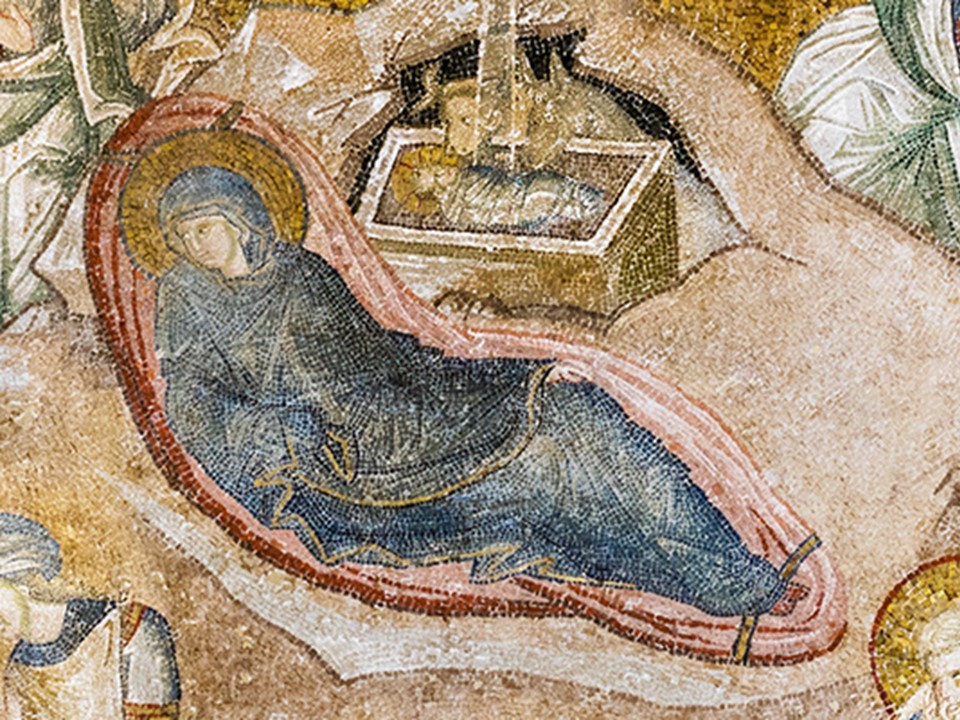
The Church of the Holy Saviour in Chora, part of a grand Monastery, has many stories to tell…
Tradition has it that the church, the Katholikon of a monastic complex, was originally built during the early 5th century, outside the walls of Constantinople, and its full name was “The Church of the Holy Redeemer in the Fields,” It makes sense. When the city of Constantinople expanded at the time of Theodosius II (408-450), and formidable land walls were built by the Emperor, the monastery retained the name Chora (in the Fields), but became part of the defended city.
Historical evidence tells us that it was Maria Dukaina, the mother-in-law of Alexius I Comnenus, who rebuilt the Chora Church and Monastery around 1077–1081 as a cross- domed church, a popular architectural style of the time. Early in the 12th century, yet another Comnenus, Isaac, the 3rd son of Emperor Alexius, stepped in, restoring the church after a disastrous earthquake.
Two centuries later, around 1316-21, the powerful Byzantine statesman Theodore Metochites enlarged the church and embellished it with many fine mosaics and frescoes. Today, the Church of the Holy Saviour in Chora stands as one of the finest examples of the Palaeologian Renaissance, in architecture and mosaic-work. Theodoros Metochitis political career was turbulent during the later years of his life: He was exiled by the usurper Emperor Andronicus III in 1328, but two years later, he was allowed to return to the city and live out the last two years of his life as a monk in his beloved Chora Monastery.
Soon after the fall of Constantinople to the Ottomans, the Chora Church was converted into a mosque, named Kariye Camii, serving the city’s Moslem population up until 1958, when it officially opened to the public as a museum, the Kariye Müzesi. Much of what we see today, much of what we know about Chora Church and Monastery is the work of Thomas Whittemore and Paul A. Underwood, from the Byzantine Institute of America and the Dumbarton Oaks Center for Byzantine Studies, who in 1948, sponsored a restoration and research program.
“Fear not, for, behold, I bring you good tidings of great joy which shall be to all people” Luke 2:10

I can only describe the Chora Church mosaics in general, and the Church’s Nativity scene in particular, as…brilliant, outstanding, remarkable and exceptional! They best represent the refined taste of Theodore Metochites, a man, passionate about Greek antiquity and obsessed with the ancient Greek idea of ‘grace’ in art. I stand in front of them and I see elegance, harmony and balance in their compositions. I am amazed by the grace, sophistication and spirit of the depicted figures. I feel warmth, as I am enfolded by their divine light. I marvel at their Hellenistic artistic heritage…
Best Wishes for the Holiday Season!!!
ΥΓΕΊΑ ΣΕ ΌΛΟΥΣ
A PowerPoint on the Nativity scene in the Church of the Holy Saviour in Chora is… HERE!